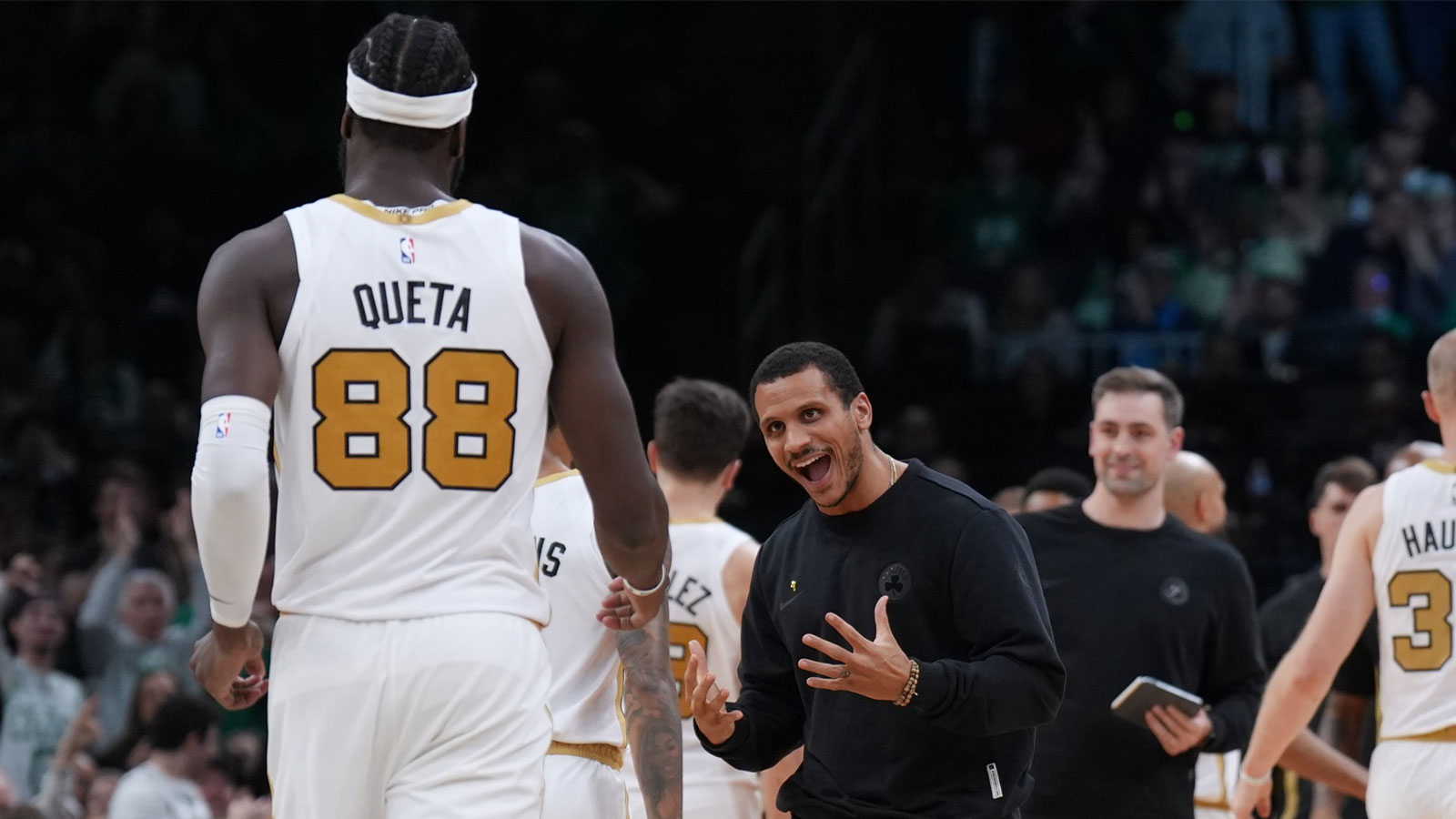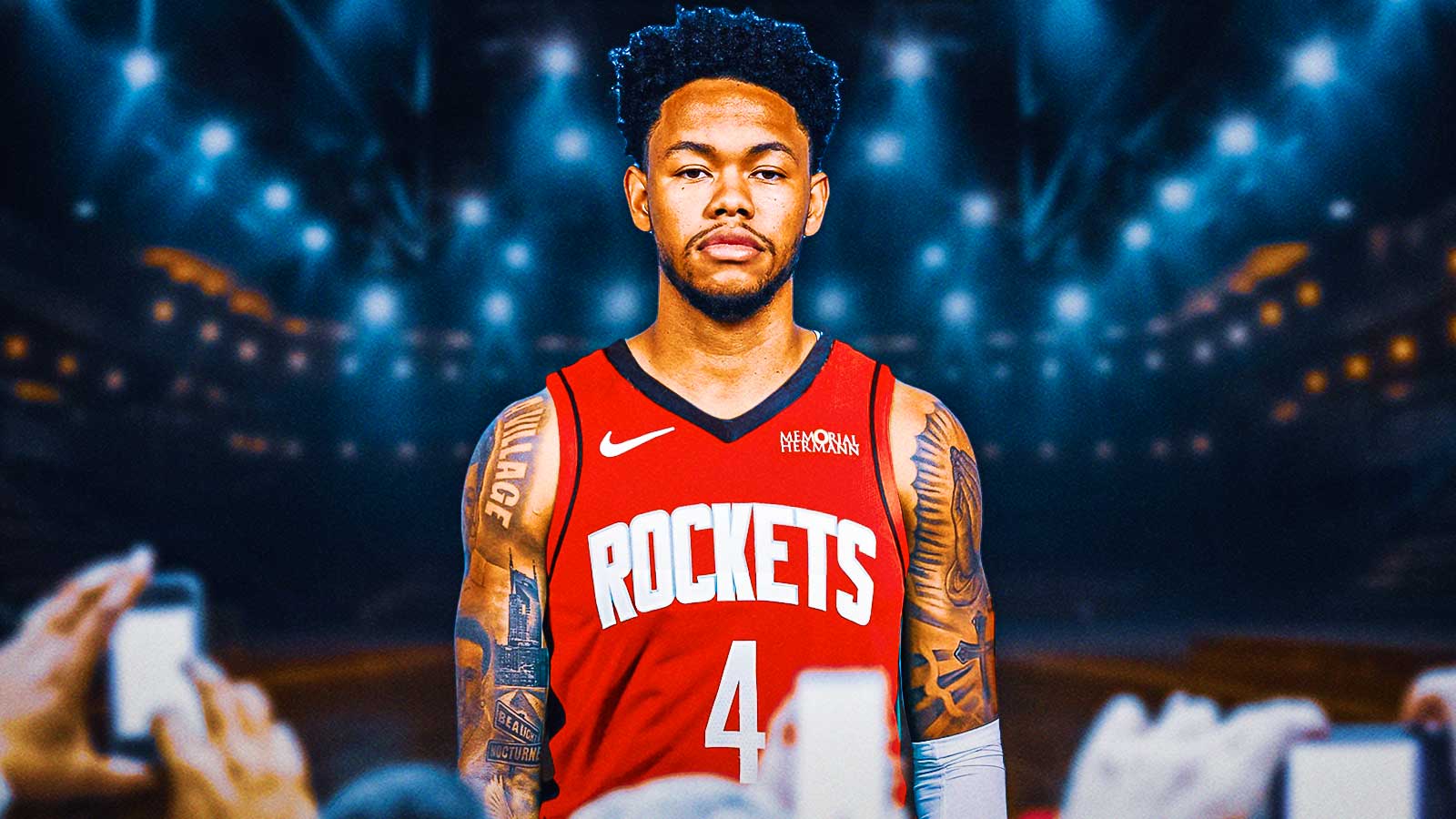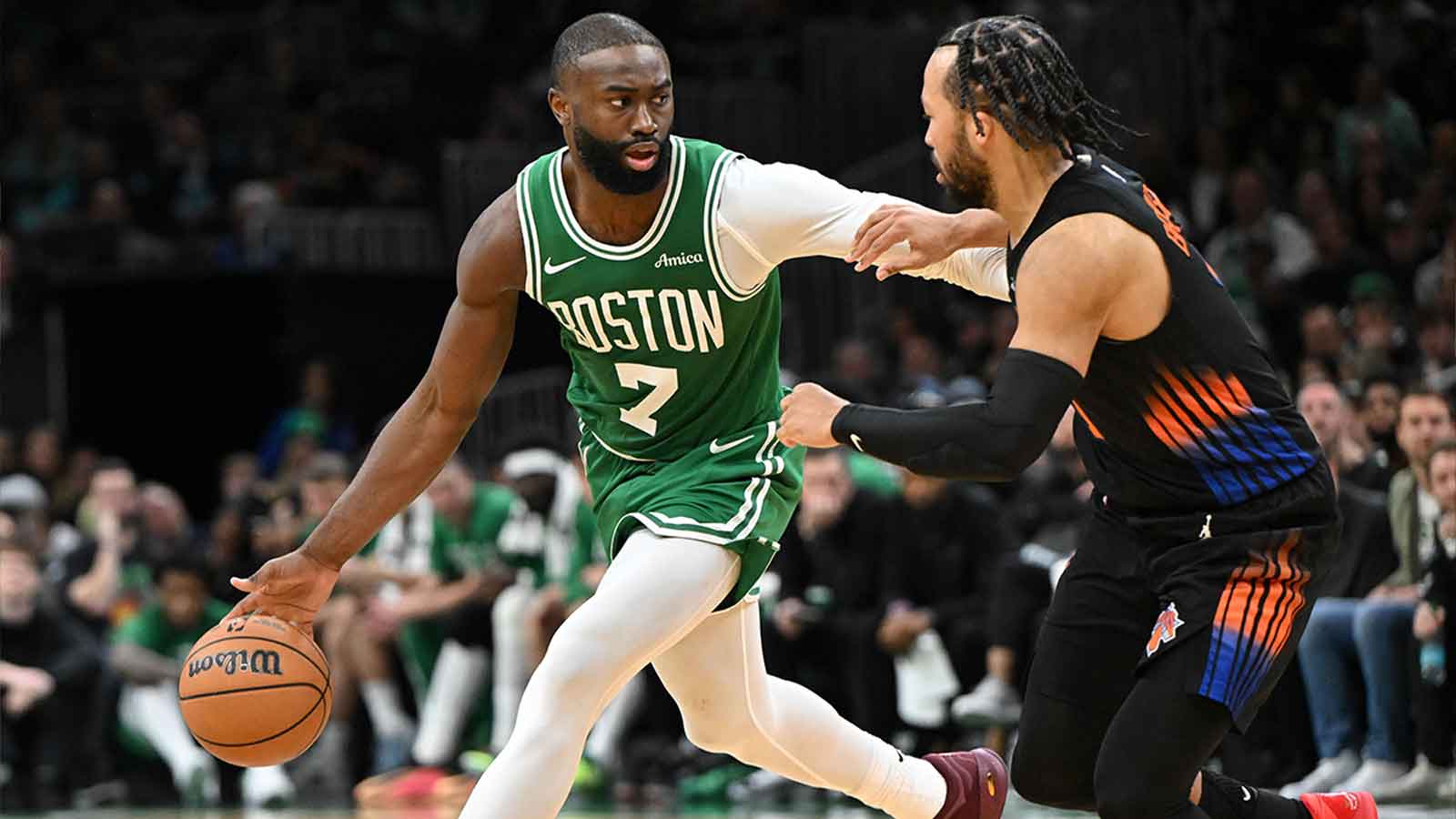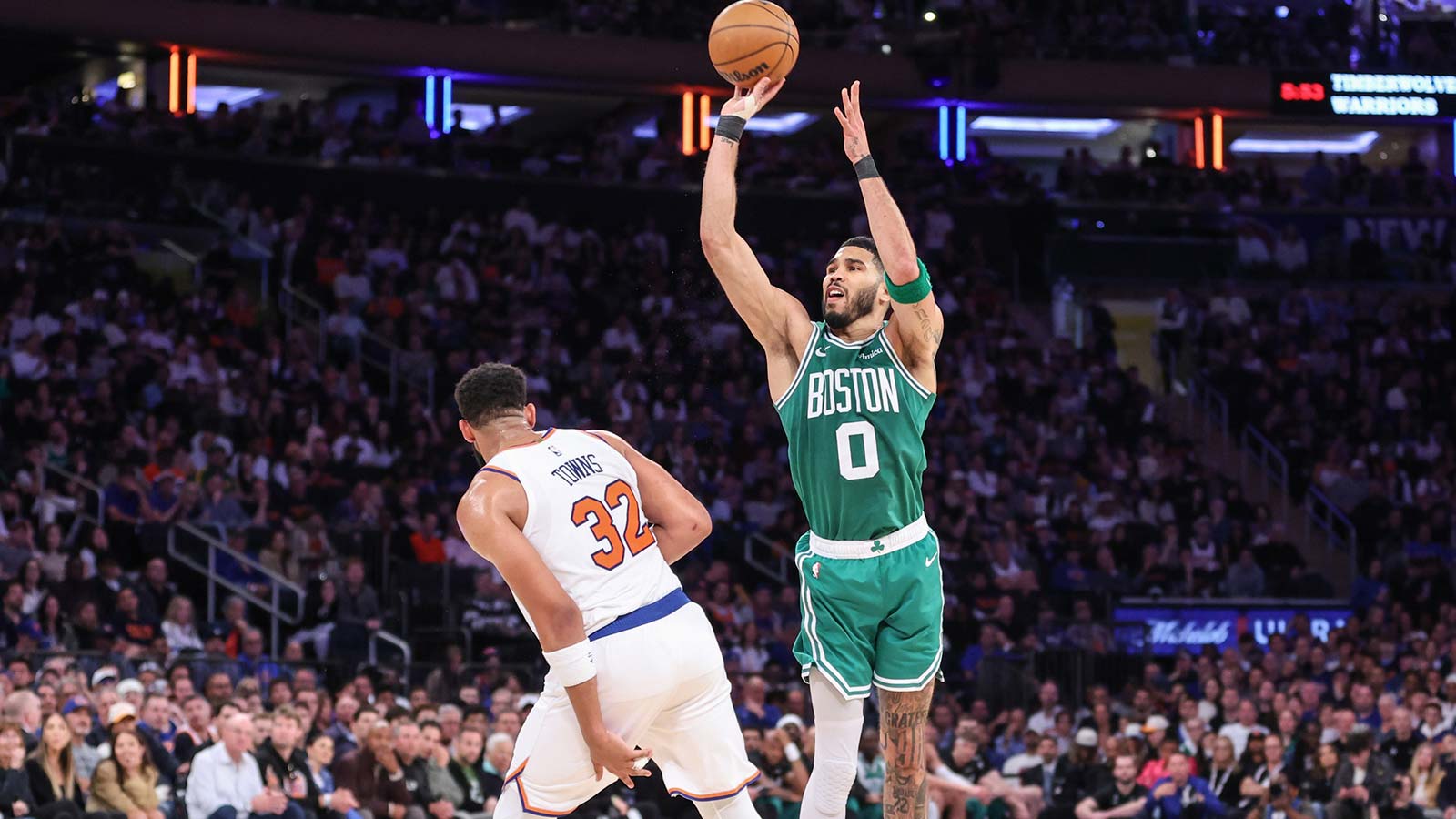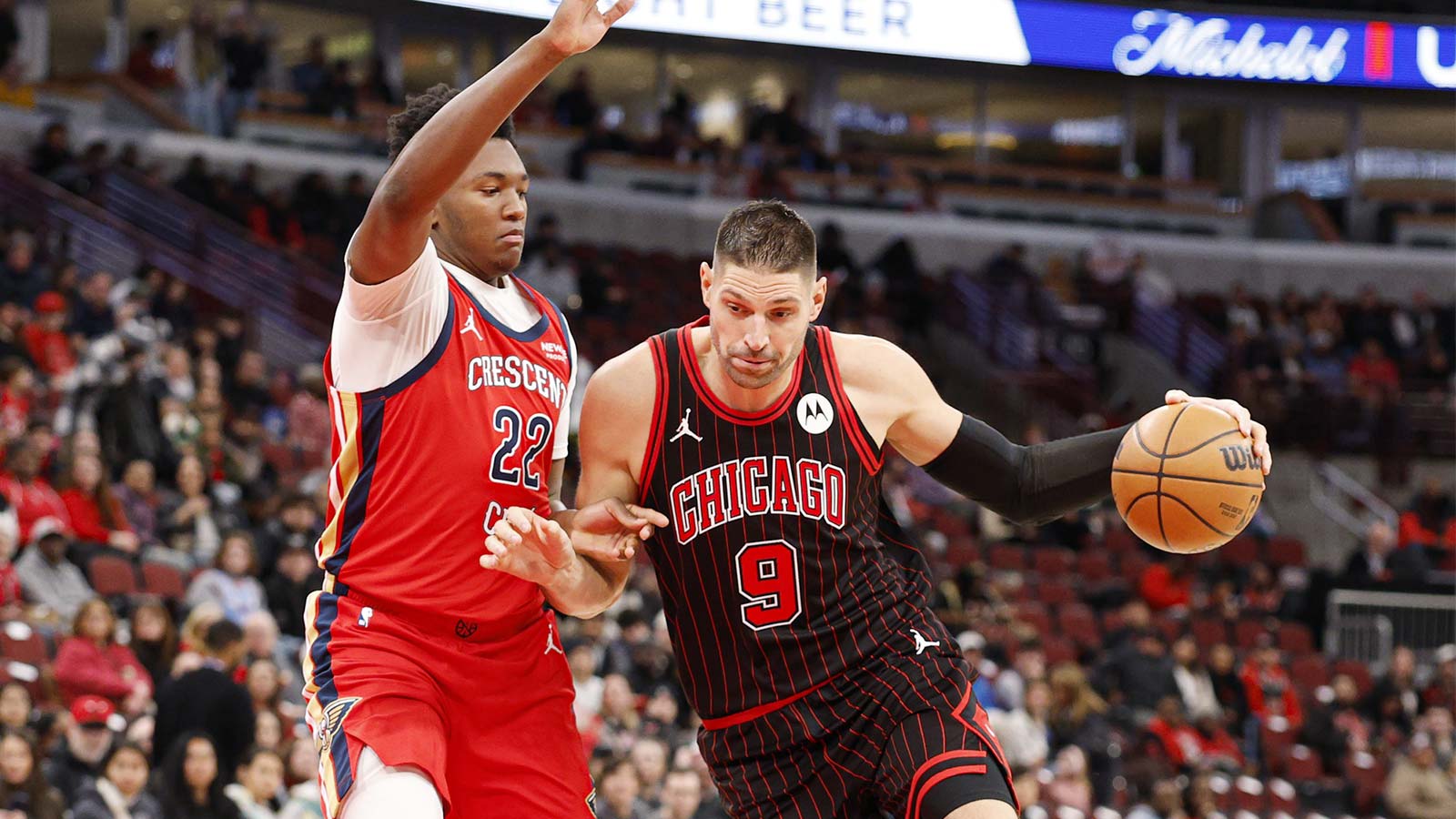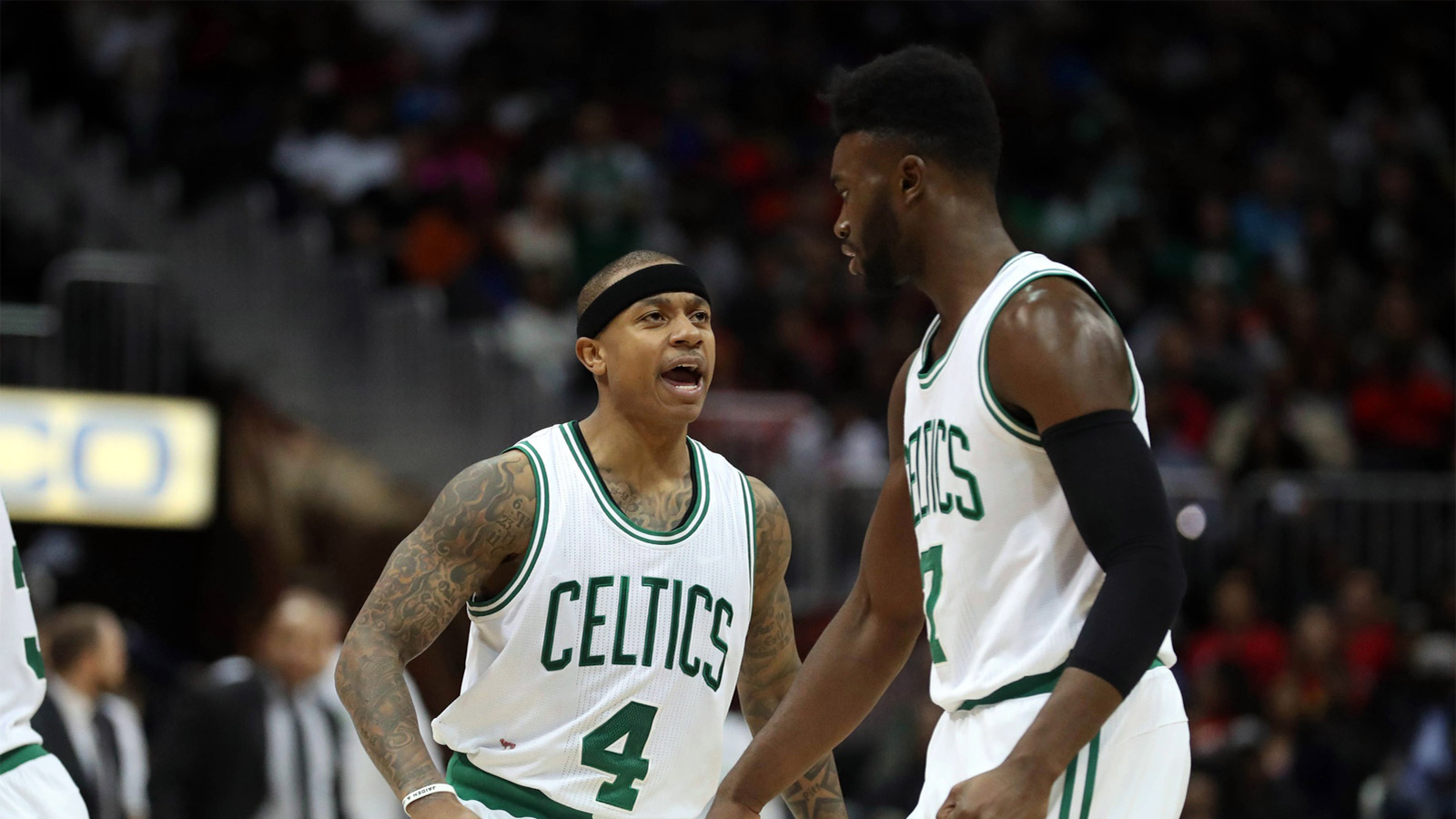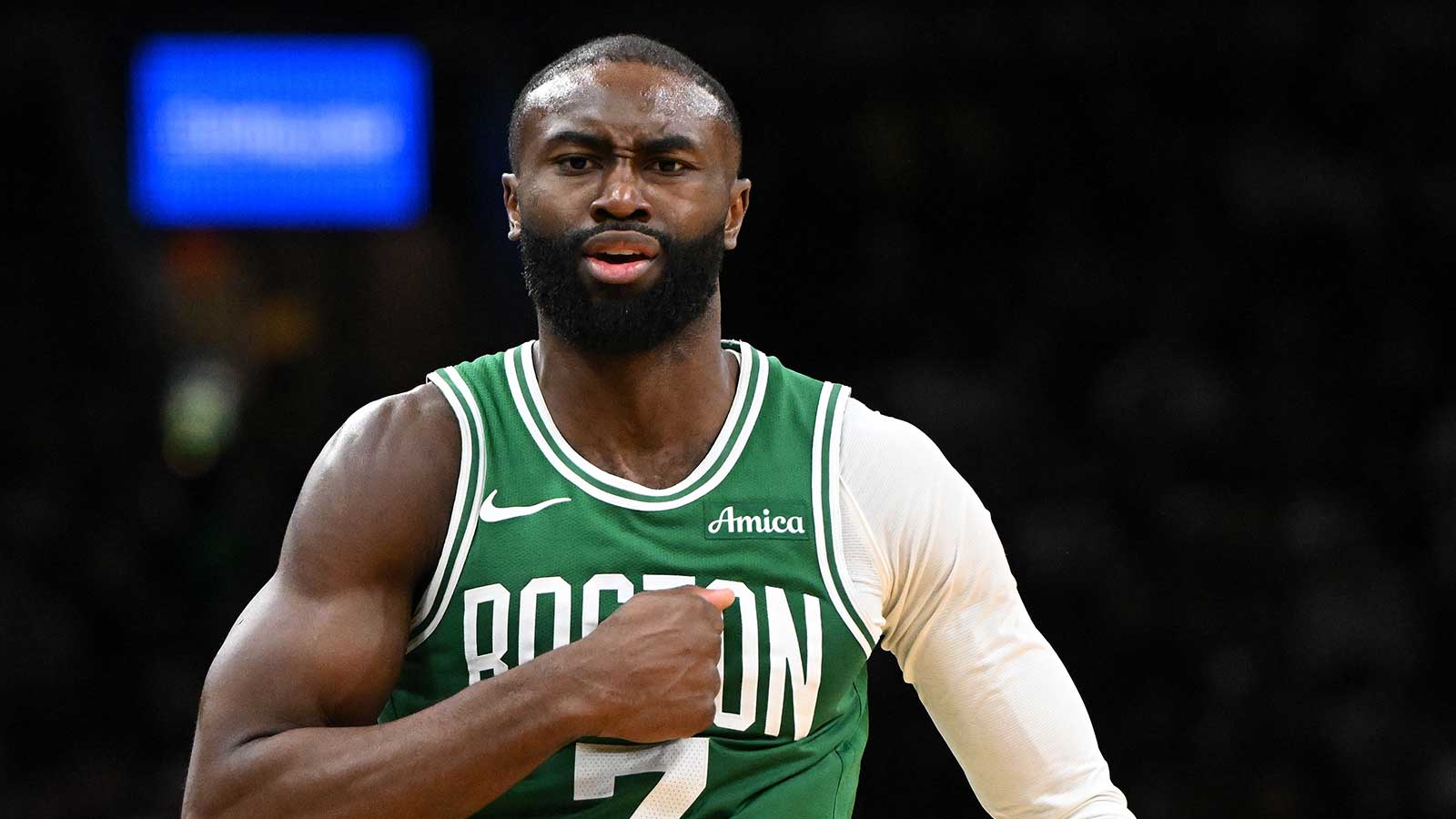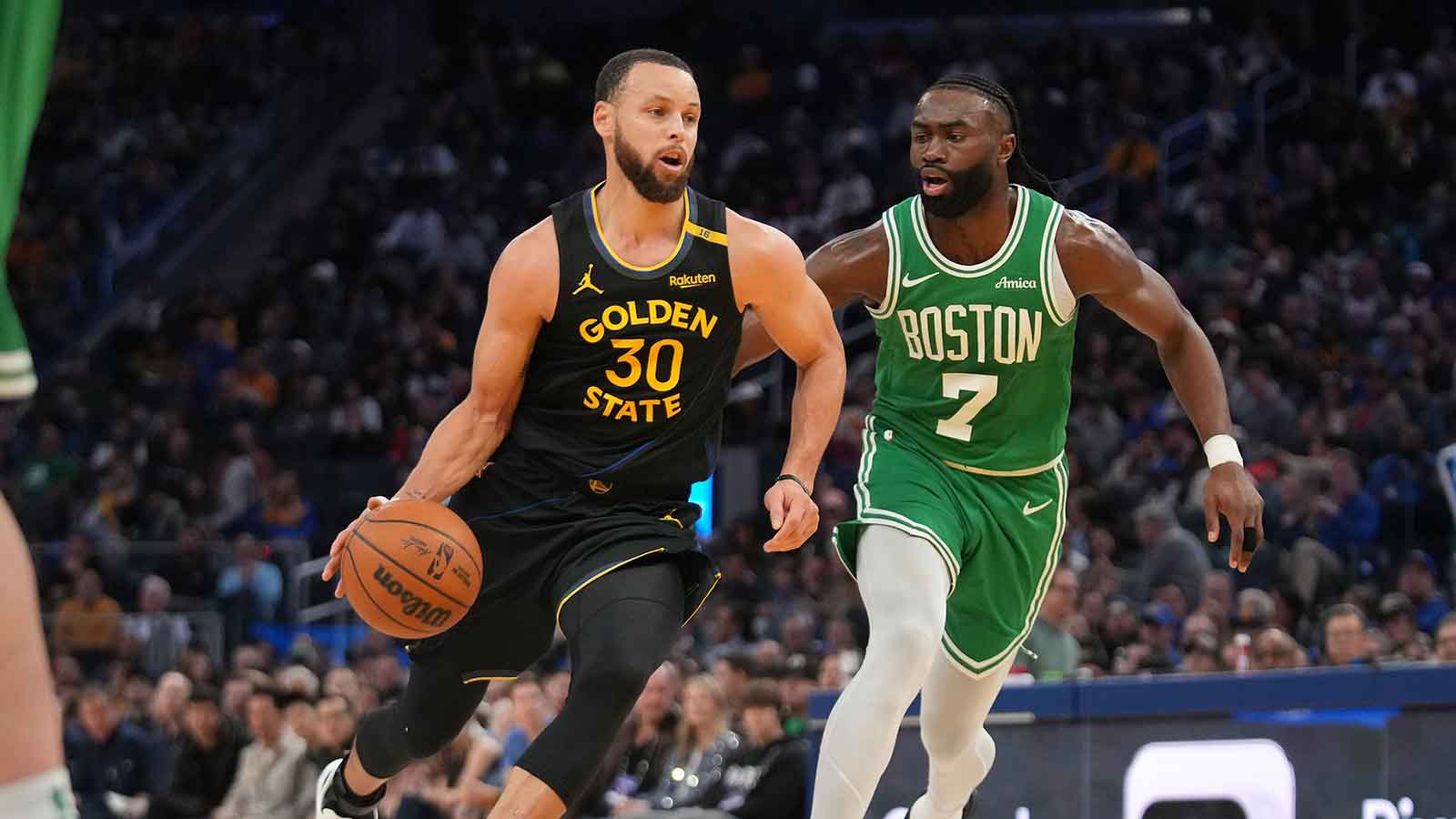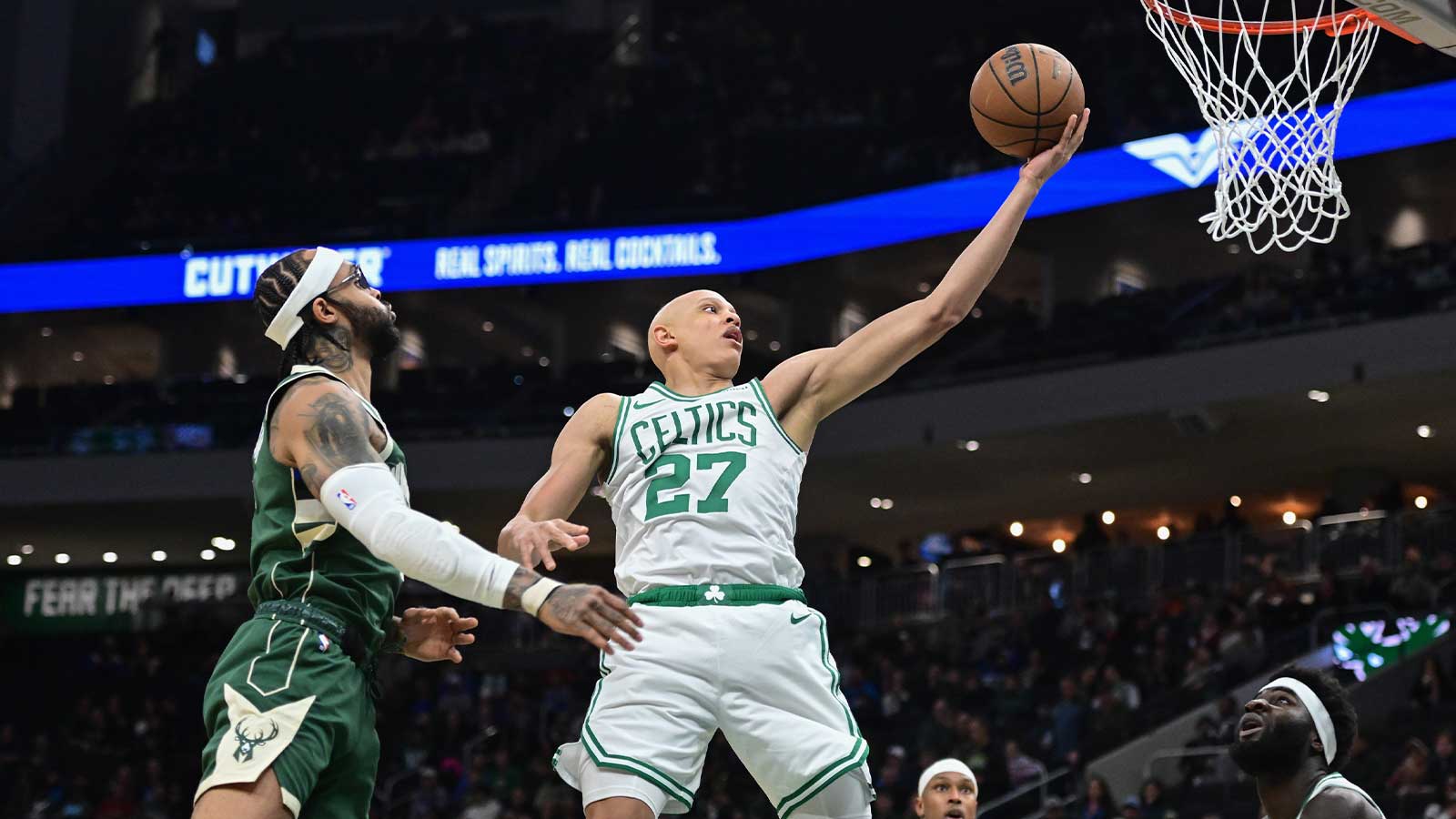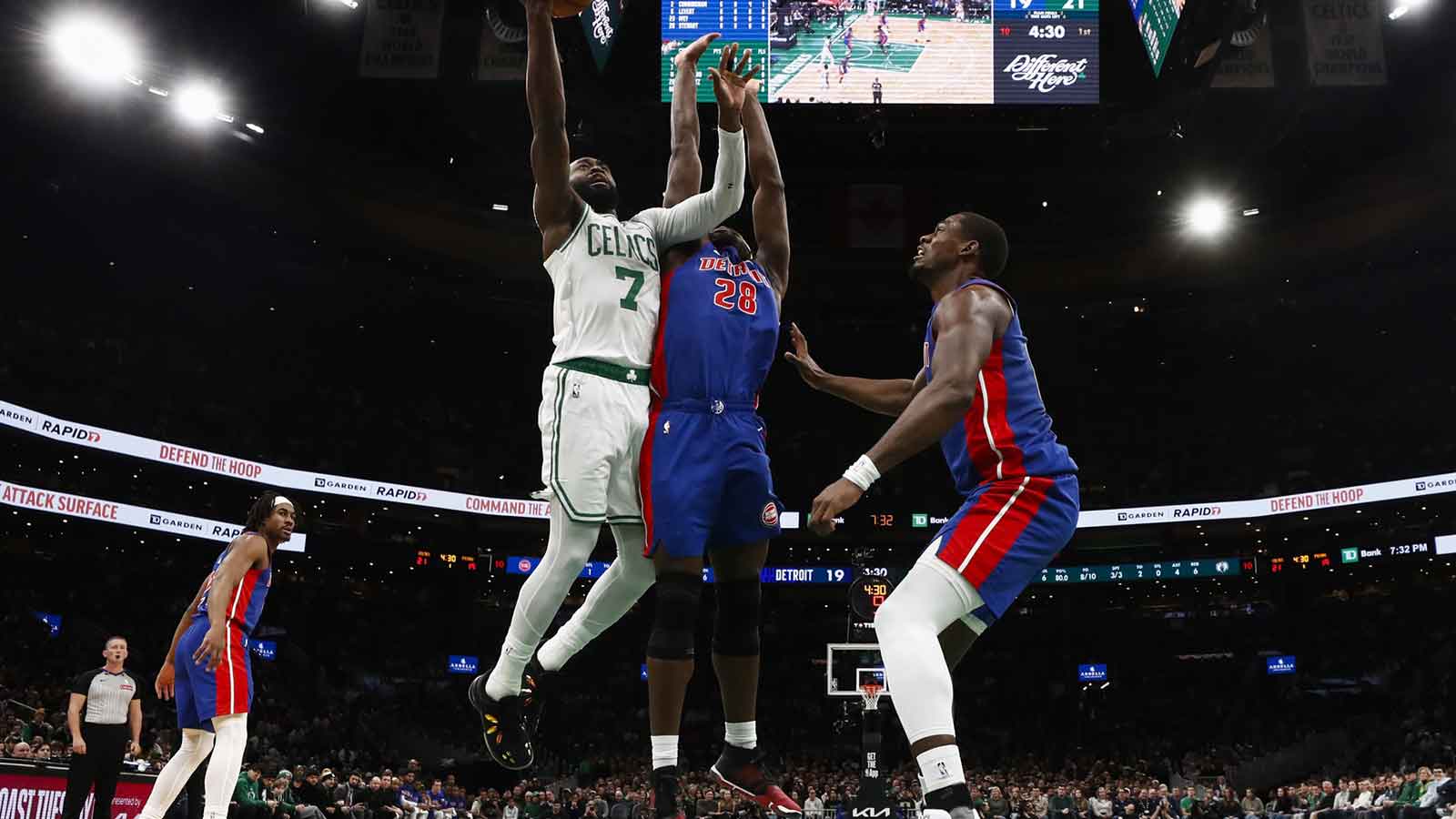Al Horford is not what has been traditionally considered a star. He’s not a highlight machine who takes over games like Kyrie Irving or Damian Lillard. He’s not what you’d call quotable.
But for an injury-depleted Boston Celtics, Horford has been everything. And while he isn’t a big talker, through the first two games of his first-round series against the Milwaukee Bucks, his performance on the court has spoken volumes.
Al Horford grabs the loose ball and takes it all the way for the slam! https://t.co/Gu71OysPEH
— Boston Celtics (@celtics) April 18, 2018
Now two years into the $110 million contract he signed in the summer of 2016, Horford has become a polarizing figure in Boston sports circles. To some, his nightly 12.9 points, 7.4 rebounds, and 4.7 assists are worthy of the “Average Al,” moniker bestowed upon him by Boston WEEI radio personality Lou Merloni.
That Horford doesn’t drop 20 points, 10 rebounds, and a lot of blocks per game paints him as an overpriced role player at a $27 million price tag, in their opinion.
But Damian Lillard has mostly disappeared against the New Orleans Pelicans, falling 0-3. Kyrie Irving is absent altogether following knee surgery. And the Boston Celtics are up 2-0 in a series in which the Milwaukee Bucks supplied the star power.
Despite a myriad of injuries, the Boston Celtics finished second in the Eastern Conference with their highest win total since the 2010-11 season. If Head Coach Brad Stevens is the engineer, Al Horford is the engine that keeps the team moving forward.
Boston outscores opponents by over seven points per 100 possessions with Horford on the court, according to NBA.com—tied with Jaylen Brown to lead the team. The Celtics are slightly in the red (-0.8) without him. That’s not a coincidence.
The bulk of Horford’s value comes from his malleability.
Adaptable Al

Al Horford simultaneously anchors the Celtics’ defense, initiates the offense from the top of the key, spaces the floor as a 43 percent three-point shooter, and lubricates its pick-and-roll game with screen-setting, crafty finishing, and ability to pop open for jumpers.
He’s both the best passer on the Celtics…
HORFORD➡️MONROE pic.twitter.com/MXp7Jw6WUC
— Wicked Good Sports (@WickedGoodSprts) April 18, 2018
…and their most versatile overall defender.
https://twitter.com/Kungu_NBA/status/985947191188639745
With the Celtics heavily shorthanded against the Bucks, the full scope of Al Horford’s versatility has been on display. All together, he’s played 79 minutes and put together a stat line of 40 points, 17 rebounds, eight assists, four steals, and three blocks through two games.
And without Kyrie Irving’s playmaking, the Celtics have relied on him less as a threat from range—he’s attempted only three triples in two games—and instead tasked him to attack the paint repeatedly.
Milwaukee simply has no answers. John Henson is an agile shot blocker but lacks the bulk to compete with Horford in the post. Tyler Zeller is larger but lacks the foot speed to track Horford on the perimeter or in transition.
Al Horford coast to coast (sheesh is Zeller slow!) pic.twitter.com/2K0t2itw20
— BBALLBREAKDOWN (@bballbreakdown) April 18, 2018
Compounding things, Horford found his way to the charity stripe a whopping 14 times in Game 1. And when the Bucks have sent help, it’s opened up opportunities for Horford’s passing out of the low block.
Horford hits Brown with a perfect pass on the cut for a LOUD slam! https://t.co/Hi4eJ5IN2p
— Boston Celtics (@celtics) April 15, 2018
Horford is the Celtics’ ultimate get out of jail free card, nullifying an opponent’s best ace in the hole.
So far against Milwaukee, Horford has mostly scuttled the Giannis Antetokounmpo at center lineups many clamored to see the Bucks unleash under interim coach Joe Prunty. The most used of these lineups (Anetokounmpo-Khris Middleton-Tony Snell-Malcolm Brogdon-Eric Bledsoe) is bleeding 142 points per 100 possessions in the series.
Antetokounmpo is a transformative perimeter defender, but like Henson, is too thin to get physical in the post. Add his inexperience in those situations and Horford has basically taken up residence in Giannis’ brain.
The Unicorn Hunter

Defensively, Al Horford has become something of a unicorn hunter. When faced with unique talents like Ben Simmons or Kristaps Porzingis, Brad Stevens has turned to Horford time and again.
While Horford isn’t the kind of super-athlete those players are, he makes up for it with sublime positioning and instincts. He zeroes in on specific weaknesses—Simmons’ inability to shoot, Porzingis’ lack of strength in the paint—and executes the game plan that puts the Celtics in the best position to succeed.
Naturally, Horford’s primary assignment in this series has been Antetokounmpo. The game plan is hardly a secret: Giannis shot over 76 percent at the rim this season and under 40 percent from every other range.
In other words, keep him away from the basket.

In terms of raw numbers, Antetokounmpo has performed as well against Horford as he does against everyone else, shooting 11-for-18 against Al.
Horford is making him work for it, though: in the regular season, Giannis dribbled three or more times on 39 percent of his possessions — in this series, that percentage has ballooned to nearly 60 percent. Horford has throttled his lanes to the basket and forced him to get creative in midrange situations.
The Celtics will live with shots like these every time.
Horford’s contract will become an interesting question mark for the Celtics relatively soon. Kyrie Irving and Horford both have player options for the 2019-20 season with Horford’s deal paying him north of $30 million.
After that, Horford will be 33 years old and an unrestricted free agent. With Jaylen Brown going into restricted free agency at that time (if he hasn’t already been signed), retaining Horford would be unlikely. Anything can happen, of course; especially considering Danny Ainge’s talent for the unexpected. But the most likely outcome seems to be Horford’s Celtics career ending with his present contract.
Regardless of how long he stays in green, Horford deserves to go down as a pivotal figure in Boston Celtics’ history.
The infamous Brooklyn Nets trade provided the backbone of the franchise’s rebuild, but Horford’s signing has been the glue holding it together. Since he’s been on board, winning is all they’ve done.
Across the galaxy, there are stars far brighter than our own sun. Some prove too volatile to be expected to sustain life. They either burn too quickly or too hot. Ours is remarkably steady. Some would call it average. But that shouldn’t detract from how spectacular it, or Horford, can be.








